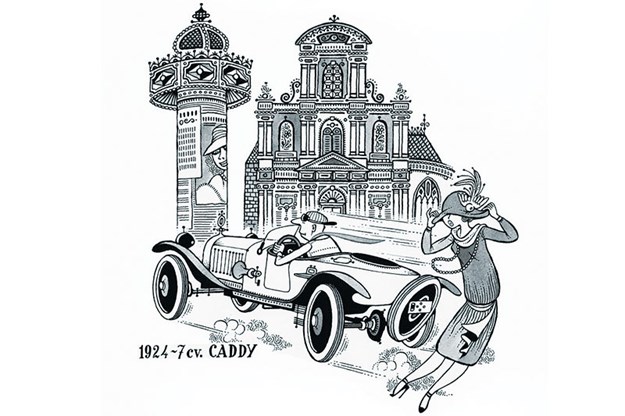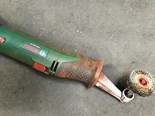Century-old suspension technology - Faine 432
.jpg)
.jpg)
.jpg)
|
Jon Faine gets to grips with century-old suspension technology
This column will save your backside. And possibly your closest personal relationships. It may also make you wonder why you bother spending years working countless hours to restore your dream ride only to discover you do not enjoy driving it.
Old cars can be incredibly uncomfortable, slow, bumpy, noisy, smelly, damp, cramped and a complete money pit.
Despite knowing all those traps, you find yourself obsessed with some model of a disappearing make of who-knows-what origin, coupled with sleepless nights full of dreams of finding a priceless barn find, followed by technicolour imaginings of romantic cruising through sunlit boulevards and trouble free showing off.
The reality is often that you break down on a back road on a wet day, find you have no tools and no phone reception and your beloved says "that is the last straw, either the bloody car goes or I do". It is a long trip home with the tow truck driver wondering why neither of you is speaking. So allow me to introduce you to the shock absorber. It performs several roles in the life of the motor vehicle, only some of which are to do with the suspension system.
The shock absorber, unbeknown to all but the most technically minded, takes a lot of the abuse hurled at your restoration project and absorbs it into the soul of the car. It also has a capacity to reduce friction in the relationships that surround a restoration project. Every time you are asked "how much more bloody time are you spending n the bloody shed" and "will that effing car ever go" the shock absorber takes over. It has complex internals, special gasses, rare metals and poly-something or other bushes that render their work silent and seamless.

I have recently been exploring the earliest examples of shock absorbers, the Hartford friction damper. The 1926 Citroen B2 Caddy re-creation is progressing, albeit somewhat more snail like than expected or wanted. Apparently my day job takes precedence. The B2 has leaf springs all around [see earlier editions of this esteemed journal of automotive record] supplemented by the Hartford friction damper which was an up-market optional rear axle accessory for 1926.
The damper works on the most simple principle of all. Friction. You attach one arm to the rear axle, the other to the chassis, and put pressure on the adjustable joint. It is like a knee brace for a car. The little red arrow is attached to a captive nut which can be rotated to tighten or slacken pressure on two friction plates within the round disc.
The Andre Hartford Company is still in existence, Google tells me. You can buy some parts for friction dampers, even though they were made one hundred years ago! So far I have not found a supply of the fibre bushes for the exact model that I am restoring, but that may just be a matter of needing to spend more time poking around obscure corners of the internet. Just be careful what you put into the search parameters… searching for "shocker bushes" on the work computer would probably see me clearing out my desk even earlier than I was expecting.
I have dismantled and re-painted one damper, and am about to start on the second. They readily come apart, and the mysterious friction material – kryptonite? – seems to have plenty of life still in it. The other parts all clean up easily with a wire brush, some sandpaper and elbow grease. The paint has been applied with a brush, not a spray can, (fairly sure they did not have aerosol cans in 1926 in France) and a can of Brasso and a soft cloth worked wonders on the pretty face plate.
Does it work? Who knows, it will be years before I get to drive the car. It is promised to be on the road by 2026, the 100th anniversary of its manufacture. And I am confident that the lowest of my priorities once I have finished making a new wooden frame, working the English wheel to fabricate metal body panels, rebuilding the motor and drive train, chrome plating and painting, re-wiring and trimming, will be whether or not my bum gets sore. But if it means my beloved enjoys a ride in the Citroen because her fillings do not fall out, it will have been well worthwhile.
Classic Australian Family Car Value Guide home page
Muscle Car Value Guide home page
Japanese Classic Car Value Guide home page
Unique Cars magazine Value Guides
Sell your car for free right here
Get your monthly fix of news, reviews and stories on the greatest cars and minds in the automotive world.
Subscribe

.jpg)











.jpg)

